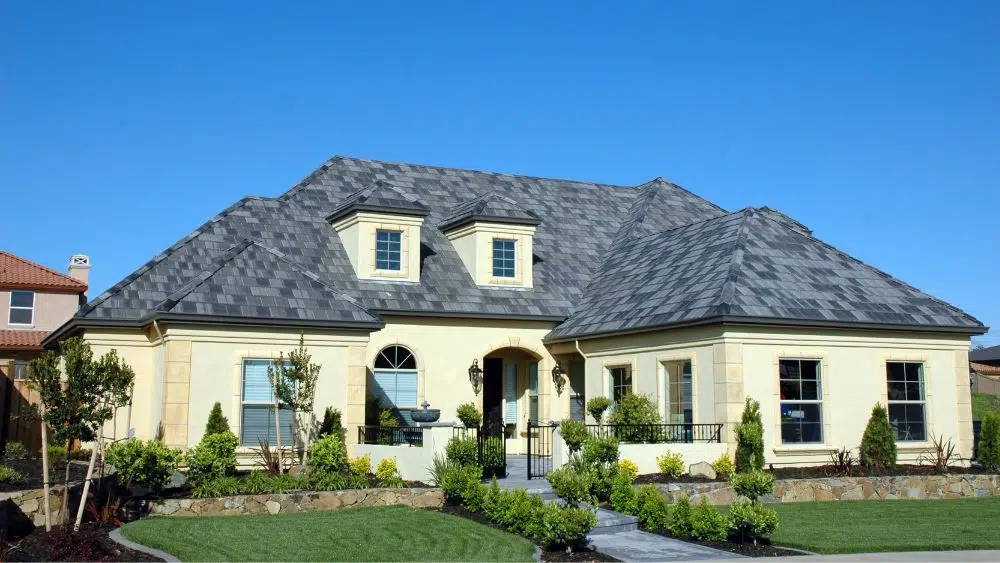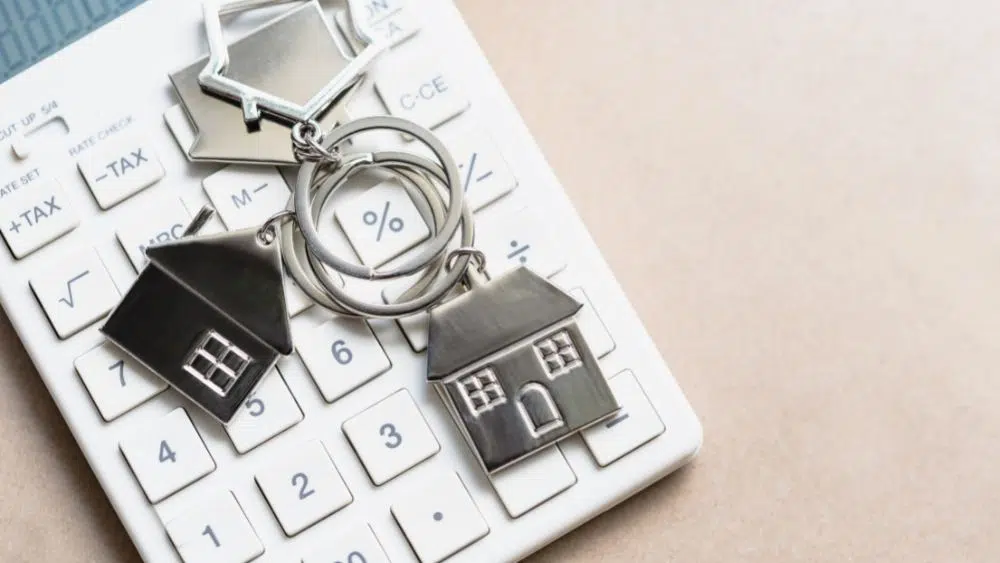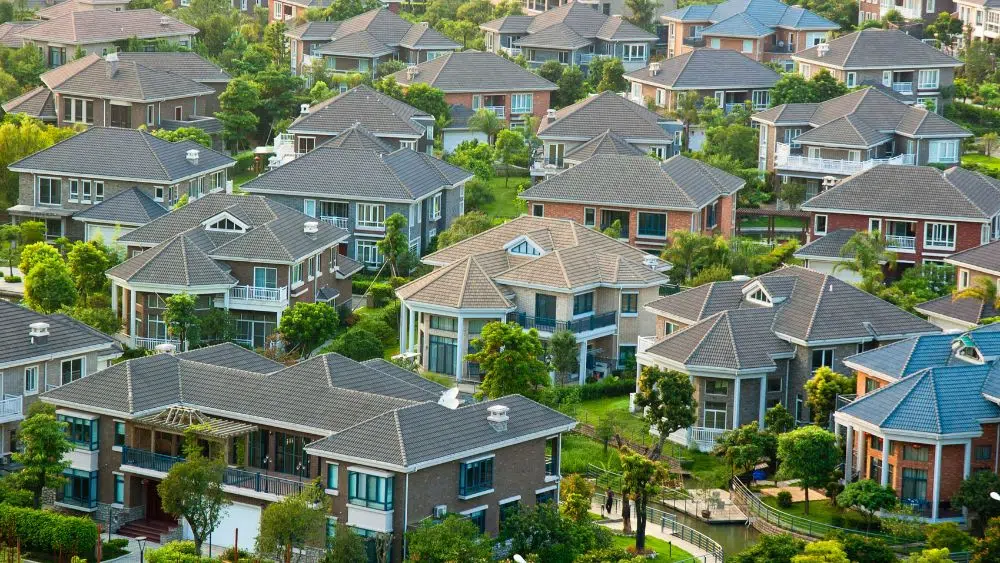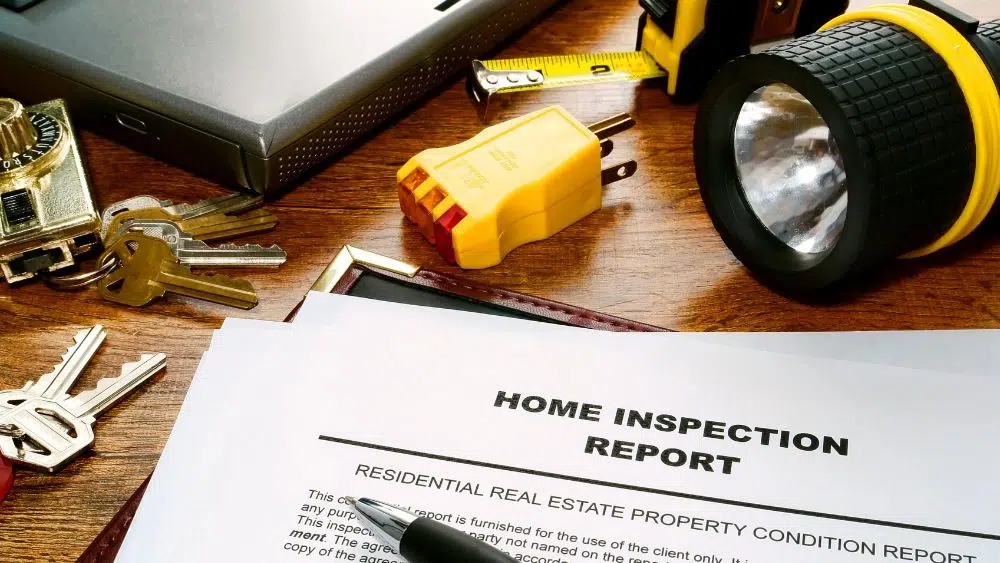If you already live in Idaho or are among the thousands of people considering relocating to the Gem State, you may want to know that building a house in Idaho typically costs more than it does in many other states. The step-by-step process to build a home in Idaho costs an average of $205,489, according to GoBankingRates, which puts it at the 19th most expensive state in the U.S. to build a house. Labor costs in Idaho are lower than in most other states at an estimated $14.41 an hour, but others costs are higher.
Most of the land in Idaho – 88 percent – is in counties designated as rural, although the largest city, Boise, is among the fastest-growing cities in the nation. Idaho is known for its mountains, protected wilderness, and outdoor lifestyle.
Where you choose to build in Idaho will impact the cost of a new home. The design of your house, its size, and the materials will affect the final price. Typically, it costs less to build a house in a more rural area than near a city.
Custom vs. Production Homes

Another factor that impacts the average cost to build a house in Idaho is whether you are constructing it on your land, or hiring an architect and a builder to have it custom-designed just for you. If you prefer to have a home built within a cluster of homes or a planned community, that is known as a production home.
Generally, custom homes cost more than production homes because they require land preparation, permits, design fees, and often special materials. You often need two loans to finance a custom home: one for the construction period and one to complete the financing.
A production home may still allow you some personalization or a package of finishes and fixtures. Usually, you pay one price that covers everything for a production home, including the permits, land costs, design, materials, and labor. Sometimes an extra fee is required for a specific lot or optional features.
In this article, we will discuss how to build a production home in Idaho.
Step-by-Step Process to Building a House in Idaho
While the timeline varies depending on your builder, and if your lot is ready for construction and permits are in place, it generally takes about seven months to build a house in Idaho.
To build a house in Idaho, you’ll need to take the following steps:
Budgeting for Your New Home

The step-by-step process to build a house in Idaho starts before you look at model homes and floor plans. Your first step is to make a financial plan so you know what you can afford to spend. Your monthly housing payment will include your mortgage principal and interest, taxes, insurance, and homeowner association dues. How much you borrow to build a house in Idaho depends in part on how much money you have for a down payment, closing costs, and the expense of moving. If you have a house to sell, it will help if you have an idea of how much you will profit.
After you understand your personal budget, you can meet with a lender to have your credit checked and get preapproval for a loan. Your preapproval doesn’t commit you to working with that specific lender; you can always apply for your financing with another lender later.
The price per square foot to build a house in Idaho averages $115 to $460, which would be $287,500 to $1.15 million for a 2,500-square-foot house. Labor costs represent about 30 to 40 percent of the cost to build in Idaho and materials are about 50 percent of the cost.
Production builders have relationships with suppliers and can purchase in bulk, which may help keep the costs of building a home in Idaho down. You can also talk with your builder about options for materials, fixtures, and appliances that could help you stick to your budget.
The major components of the house that cost the most include lumber for the framing and roofing materials.
Homeowner’s insurance and property taxes are lower in Idaho than in many other states, which helps keep the cost of living lower and makes it more affordable to build a house in Idaho.
Homeowner’s insurance in Idaho costs an average of $1,842 per year, according to Insurance.com, which is 20 percent below the national average of $2,305.
Property taxes in Idaho average $1,616, about $1,000 lower than the national average, according to SmartAsset.com.
Homeowner association dues, which may be paid monthly, quarterly, or annually, vary according to the size of the community and its amenities. Most production homes are built within an HOA.
Choose Your Builder and Community

Your budget for building a house in Idaho will be the driving factor in deciding which community and builder you choose. You can start online and narrow your search based on the type of house you’re looking for and your price range. If you find a new home community in an area you like, you may want to visit the websites of the builders in that neighborhood first to check out their information including floor plans, 3D models, virtual tours, renderings, and photos. You can read reviews of the builders at TrustBuilder®.
Your next step in the process to build a home in Idaho is to visit communities and model homes. You can ask residents about their experience with their builder and ask onsite sales professionals about plans for the community and timelines for when homes and amenities will be complete.
Line Up Your Financing
Once you’re ready to sign a contract for your new home, you’ll need to apply for financing. Your builder may have an in-house lender or a list of preferred lenders, so it’s best to apply for a mortgage with one who has been recommended. The lender will be in close touch with the builder and has an incentive to complete the transaction because of their ongoing relationship. In addition, your builder may offer to pay for closing costs or include an otherwise optional feature to encourage you to work with a specific lender. You can still compare rates, terms, and fees with another lender to be sure you are getting the best deal.
When you sign the contract, you’ll need to make a deposit. You may also want to explore homebuyer programs to see if you qualify for down payment assistance.
While your home in Idaho is under construction, you may need to shell out more cash for any upgrades that are out of the ordinary for that community. You may also want to save money for the move and gather it in one account to make the final transaction simpler. You’ll need funds for a down payment according to your loan terms, and closing costs, which can be 2 to 5 percent of the home price.
Select Your Lot and Floor Plan
Now that your financing is in place, you’re ready to pick the lot and floor plan. The sales representative will be the most knowledgeable person to help you make sure the floor plan you want can be built on your preferred lot. In some cases, a floor plan won’t fit on a certain lot, or there may be restrictions on the location or number of homes with a similar exterior because of the need for attractive streetscapes.
During this selection process, it’s important to ask which features are included and which are optional to avoid last-minute surprises. You’ll also want to know about community plans for additional homes, recreational areas, schools, offices, and shops, as they may impact your view and the desirability of your location within the development.
Permitting and Inspections

Idaho has a statewide building code that mandates how homes are constructed. In addition, local jurisdictions can tack on additional codes and environmental restrictions. Your builder should be aware of these rules and will obtain all the necessary permits, insurance, and inspections on your home while it is under construction. If you want to hire a third-party inspector, you should discuss the appropriate timing with your builder.
Climate Considerations
Idaho’s mountain areas are well-known for skiers, but the state is also experiencing more risk from droughts and wildfires. Depending on the location of your new home in Idaho, you may want to discuss climate risks with your builder.
Timeline
The step-by-step process to build a house in Idaho depends on whether your lot is ready for construction to immediately begin, how long it takes your builder to get permits, and whether the materials and contractors are available when needed. Weather can sometimes cause construction delays, too. Your builder will keep you informed about the progress. You should also stay in touch with your lender and not make any major financial changes – unless it’s to save more money – to make sure your financing is ready when your new Idaho home is complete.

Michele Lerner is an award-winning freelance writer, editor and author who has been writing about real estate, personal finance and business topics for more than two decades.
 9 Best Places to Live in Colorado
9 Best Places to Live in Colorado